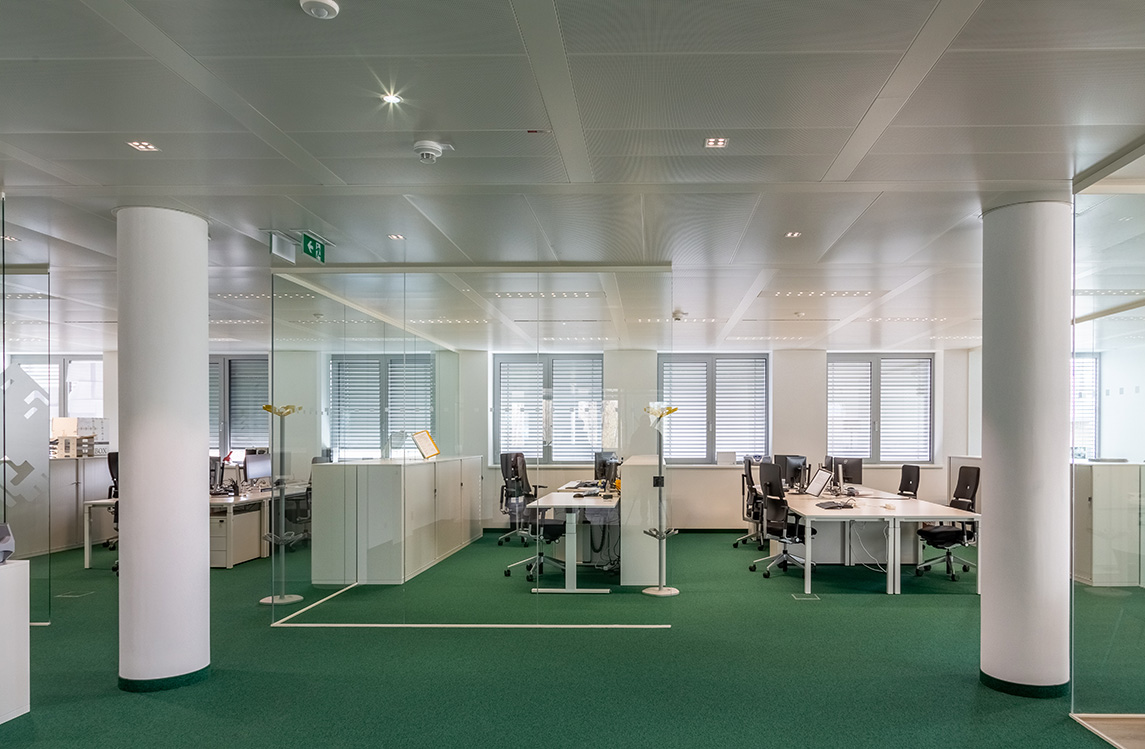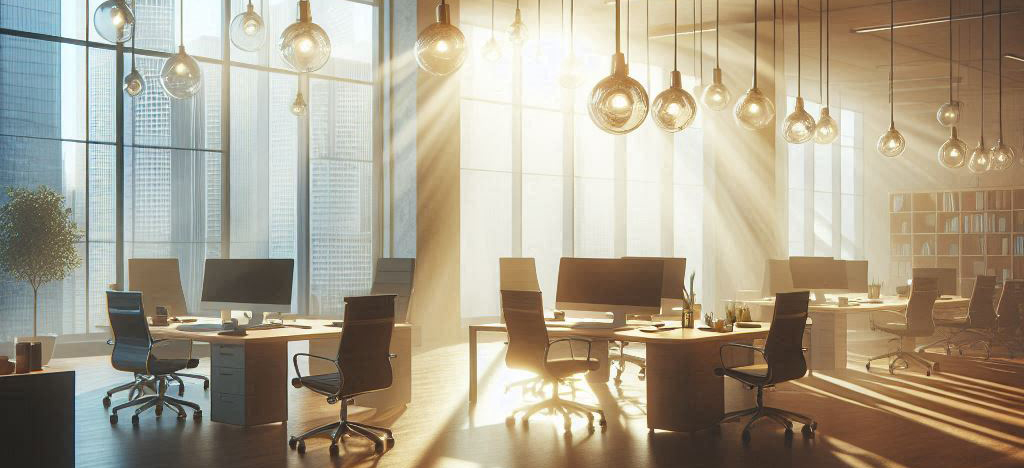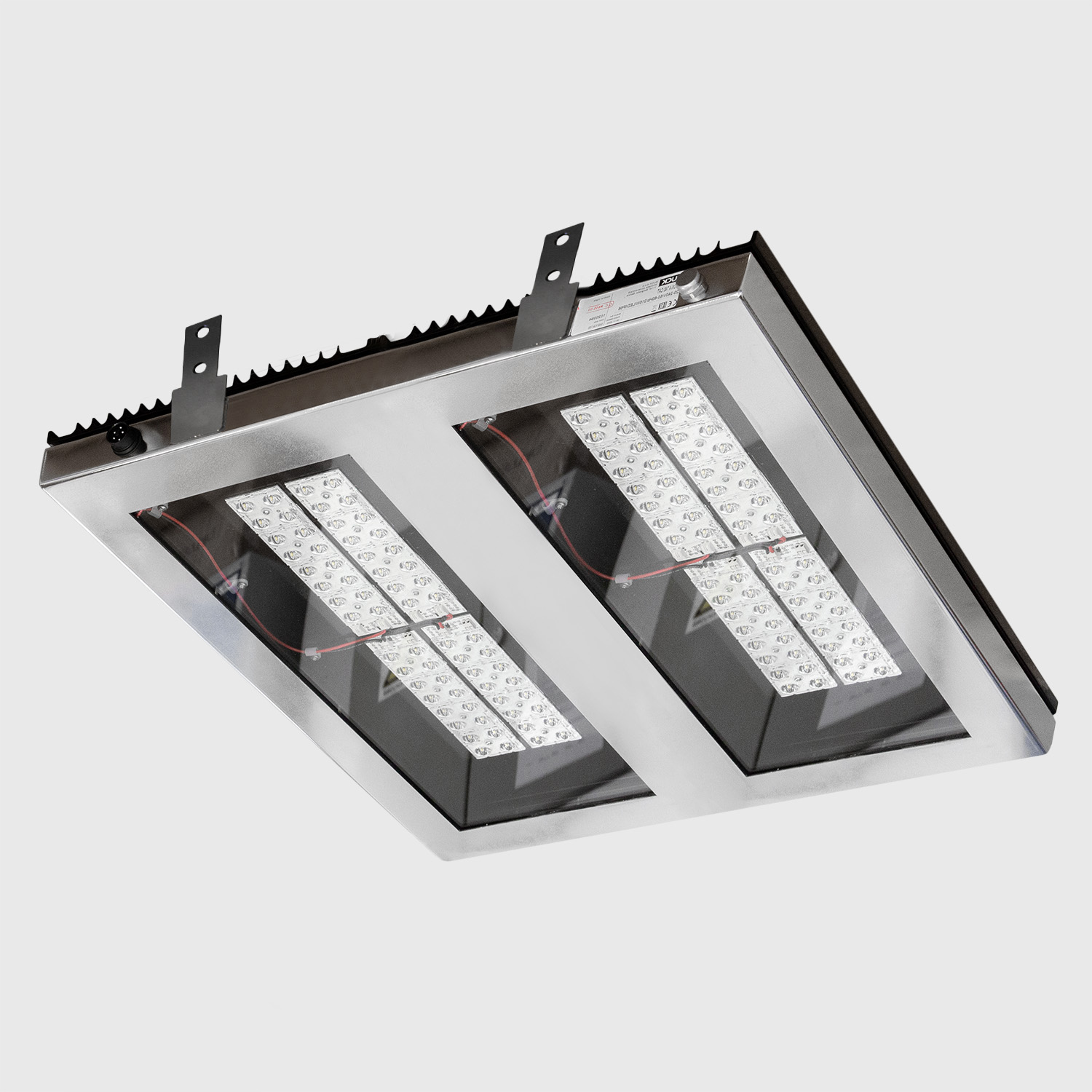When you’re at work, the last thing you want is for the office lighting to be a pain in the eye—literally. Yet, that’s exactly what happens in many poorly lit workspaces. Glare from overly bright or badly placed lights can not only be annoying but can actually hamper how well you and your colleagues work. Let’s chat about why this happens, how it affects us, and what we can do to make our offices more glare-free zones, all while keeping in line with the smart guidelines of the European Norm EN12464-1.
Why Office Glare Isn’t Just Annoying
Glare in the office comes from too much brightness—either direct light that’s too intense or reflections that just don’t play nice with our eyes. This isn’t just a minor irritation. When your eyes are constantly adjusting to deal with high contrasts between your computer screen and the surrounding area, it can lead to a real dip in how well you focus and even in how much you enjoy your job. If you’ve ever felt the need to squint or look away from your screen, you’ve experienced glare messing with your workday mojo.

The Real Impact: Eyes on Efficiency
Why does this matter? Because when glare gets in the way, it doesn’t just stop at discomfort. Eye strain from dealing with intense or poorly directed light can lead to fewer hours of productive work, more mistakes, and even higher rates of sick leaves. That’s a big deal when you think about the overall efficiency of a business. Plus, it’s a health issue no employer should ignore.
Meeting the Mark: The Role of EN12464-1
So, how do we fix it? Take a look at EN12464-1 – this European standard is like the rulebook for what good lighting should look like in workplaces. It tells us that the glare rating (yep, there’s a rating for that, called the Unified Glare Rating or UGR) should be under 19 in offices to keep lighting comfortable and non-intrusive. This standard helps designers create lighting that’s just right—not too harsh, not too dim, and positioned so it won’t cause issues.

Tips for Tackling Glare Like a Pro 😉
Here’s how savvy lighting designers are turning down the glare and cranking up the comfort:
1. *Smart Positioning* It starts with where lights are placed. You don’t want lamps directly in your line of sight or beaming down right where your computer screen reflects light.
2. *Soothing Diffusers*: Using luminaire diffusers can soften the light spread, reducing harsh contrasts. It’s like sunglasses for your overhead lights.
3. *Customizable Controls*: Being able to tweak brightness and colour temperature lets everyone adjust lighting to their liking and needs throughout the day.
4. *Keeping Things Clean*: Yep, even dust can up the glare factor. Regular cleaning and maintenance of light fixtures keep them working as they should, without adding extra glare. When dust accumulates on the optical surfaces of luminaires, it causes the light to scatter in multiple directions. The scattered light can create bright spots or halos, leading to discomfort and eye strain.
Wrapping It Up
Turning your office into a place where lighting works for you rather than against you can make a big difference in how everyone feels and performs. Following standards like EN12464-1 not only makes your workspace compliant but also a lot more comfortable. With the right approach, we can all look forward to brighter (and less glaring) days ahead at work.











